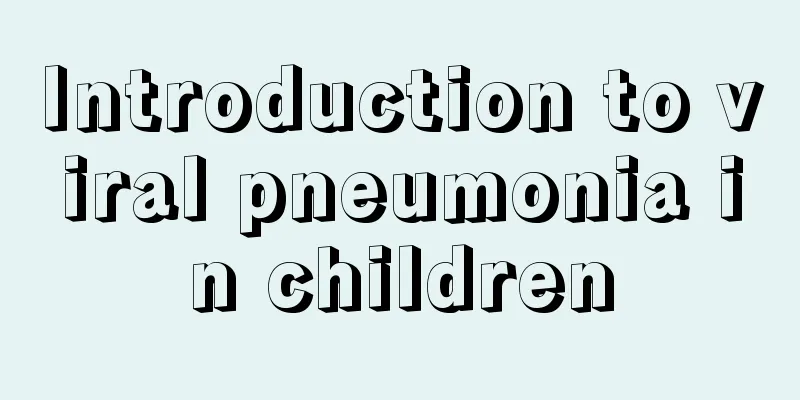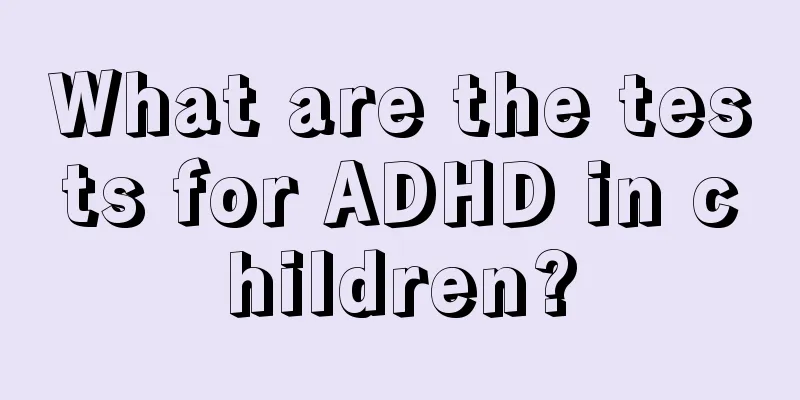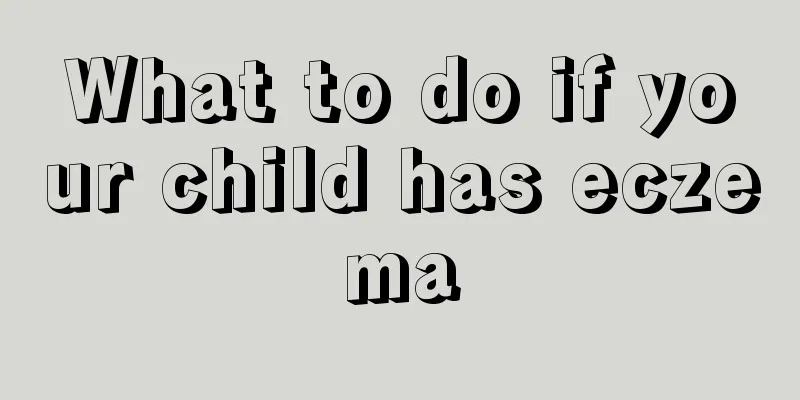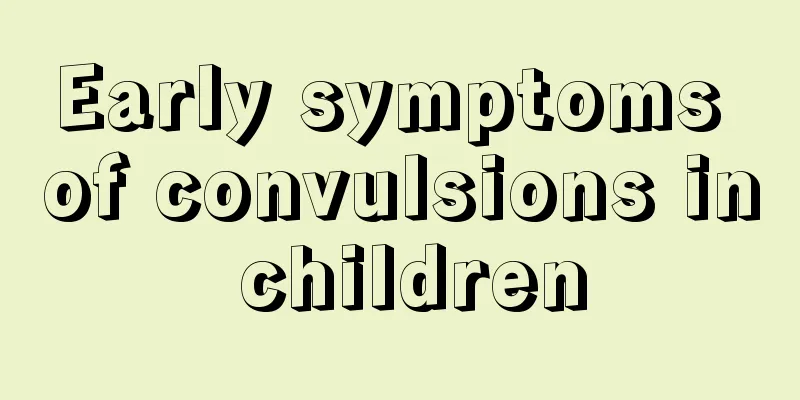Introduction to viral pneumonia in children

|
Fever, cough, shortness of breath and dry nose are common adverse symptoms children encounter during their growth. What is the main cause of these symptoms? What should we do when children have this problem? In fact, this symptom may be caused by your child suffering from pediatric viral pneumonia. This article will briefly introduce to parents the causes of pediatric viral pneumonia and what methods we should take to deal with it when this happens. Viral pneumonia in children is a lung inflammation caused by upper respiratory tract viral infection and downward spread. It can occur throughout the year, but is more common in winter and spring, and may break out or spread. The clinical manifestations of viral pneumonia include fever, headache, body aches, dry cough and lung infiltration, etc. It is transmitted through the respiratory tract, with 10% of children suffering from the disease, and is prone to complications such as influenza. Viral pneumonia is an inflammation of the lungs caused by a viral infection of the upper respiratory tract that spreads downward. This disease can occur throughout the year, but is most common in winter and spring, and can occur in outbreaks or sporadic epidemics. The main clinical manifestations are fever, headache, body aches, dry cough and lung infiltration. The occurrence of viral pneumonia is related to the virulence of the virus, the route of infection, the age of the host, and the immune function status. The incidence rate in children is generally higher than that in adults. The treatment for viral pneumonia in children is mainly symptomatic. The children should rest in bed, keep the room well ventilated, pay attention to isolation and disinfection, and prevent cross infection. Give adequate vitamins and protein, drink plenty of water and eat soft food in small amounts and frequently, and provide intravenous infusion and oxygen as appropriate. Keep the airway open and clear upper respiratory tract secretions promptly. In principle, antibiotics should not be used to prevent secondary bacterial infections. Once a bacterial infection is confirmed, sensitive antibiotics should be used in a timely manner. When our children show symptoms similar to those of pediatric viral pneumonia mentioned above, we should prescribe the right medicine and use children's medicines on the market suitable for pediatric viral pneumonia to treat our children. If the situation does not improve after our simple treatment and care, we should go to a regular large hospital for treatment of the child in time. |
<<: Seven truths about baby fever
>>: Treatment of chronic urticaria in children
Recommend
What to do if your child has a fever due to mumps
Mumps is a common respiratory infectious disease ...
What causes heart pain in children?
We know that heart disease is a disease that thre...
What should I do if my child suffers from constipation?
Children's gastrointestinal function is relat...
What should children eat to nourish their eyes?
Eyes are the windows to the soul. Having a pair o...
Does pacifier have any effect on children?
Nowadays, many mothers actually insist on breastf...
The dangers of picking ears in children
Many parents like to clean their children's e...
How to protect children's teeth
It is the common wish of every child that they ca...
Which department should I consult for precocious puberty?
Precocious puberty is a common problem that often...
What should I do if children have nail ulcers?
Paronychia is when a fingernail or toenail become...
Five tips for feeding premature babies
Generally speaking, we need to pay more attention...
What are the benefits of children learning street dance?
Every child is the hope of a family and carries t...
What to do if the child's rash does not come out
It is a very common symptom for children to have ...
What should I do if my baby has stomach fire?
It is a very common disease for babies to get ang...
What to do if your one-year-old baby has a white tongue coating
The color of the tongue coating has a great relat...
Is your child's urine lemon yellow?
Under normal circumstances, the baby's urine ...









